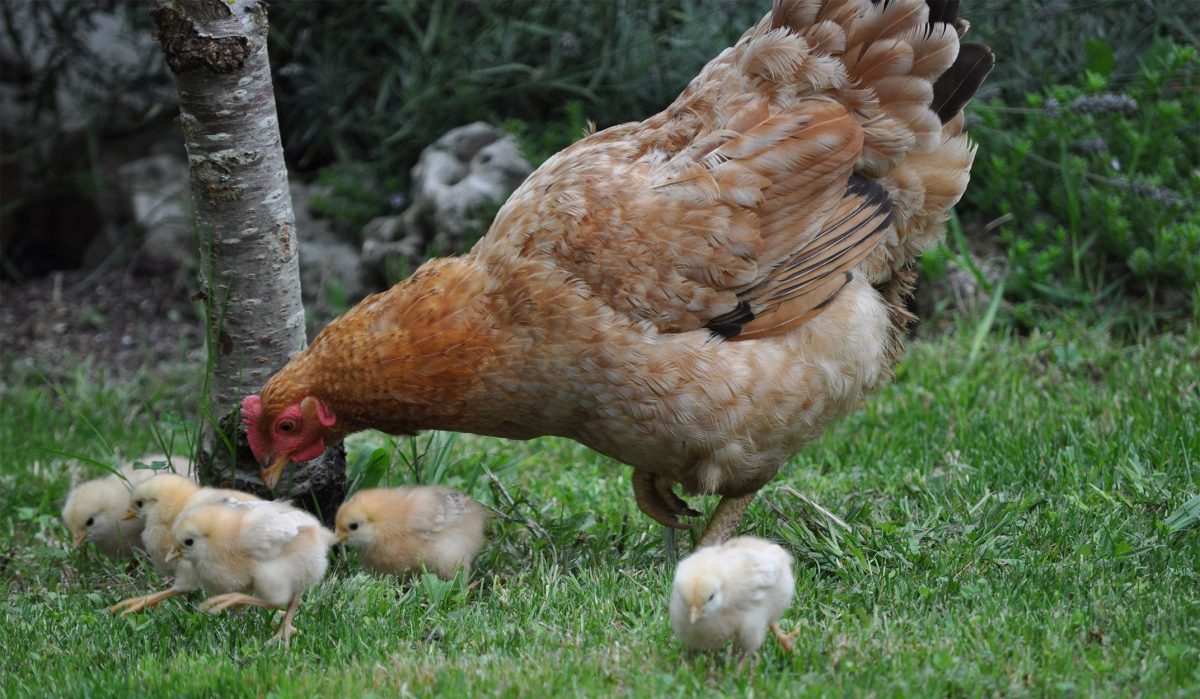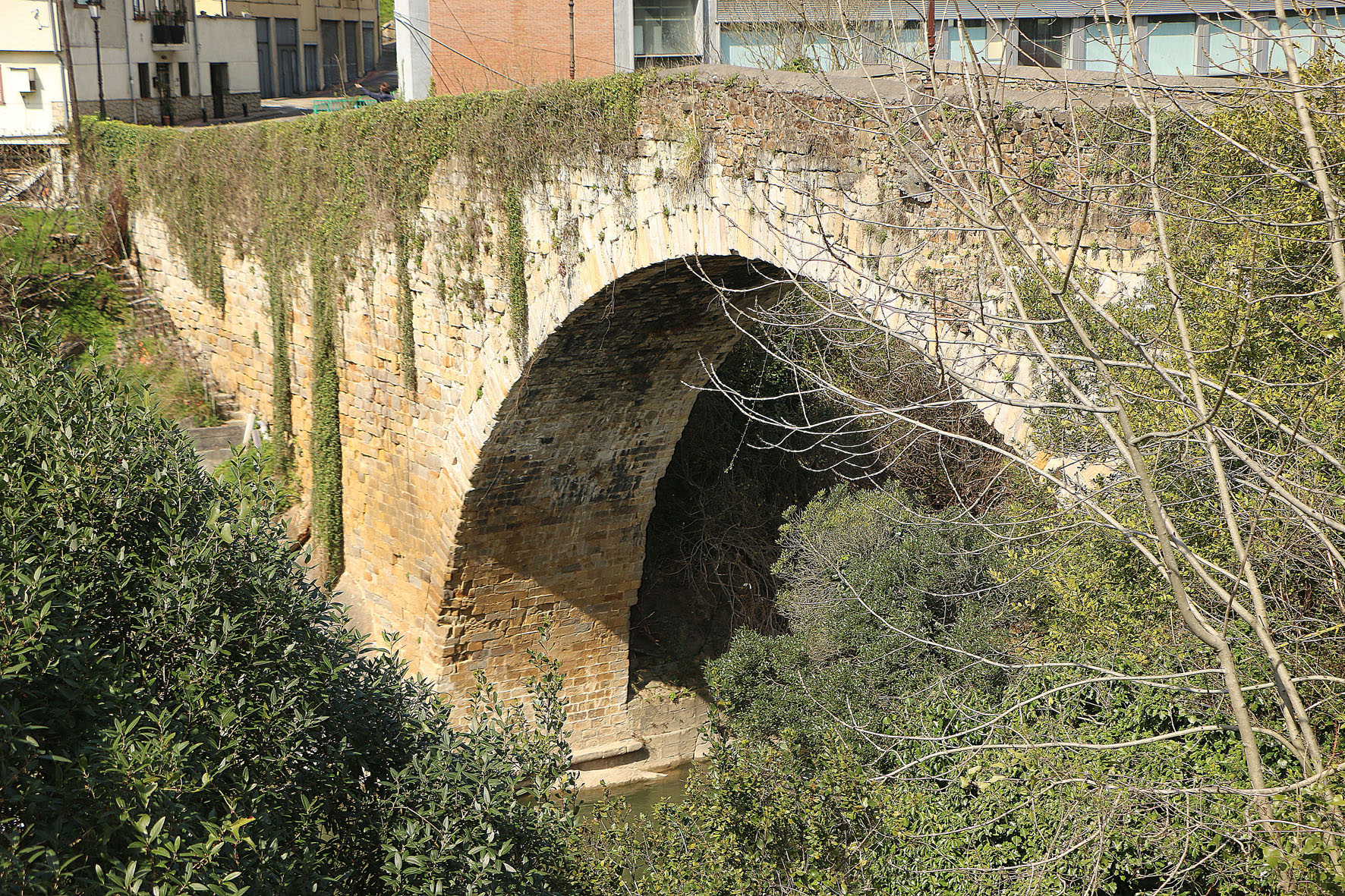Archives

Implements for linen making. Zeanuri (Bizkaia), 1931. Felipe Manterola Collection. Labayru Fundazioa Photographic Archive.
Subsequent chores required to extract the fibre from the flax plant by hand and traditionally process it to be spun into linen were undertaken during the autumn.
Beating it, mazoz jo
Once retted and dried, the bundles of straw were crushed with mallets by one, two or even three beaters, their beating so becoming all the more effective and bearable. A stone called liho-harria would be expressly used for the said task in many houses. (more…)
Here is how a good layer —oilo fina, in the words of our informants— behaves: once a pullet becomes a hen, she will lay one egg a day for three days and take a day’s rest; she will then lay an egg a day for the next four days and take another day’s rest; she will then again lay an egg a day for the next five days and take another day’s rest. And so on for three months, after which she inevitably either turns broody (lokatu), moults (mikatu) or dies. (more…)




